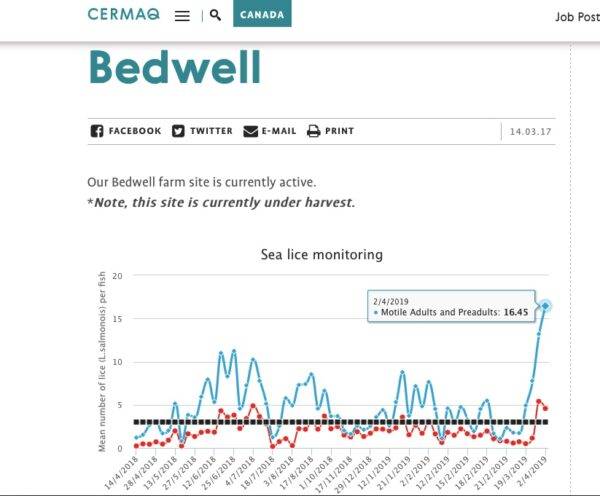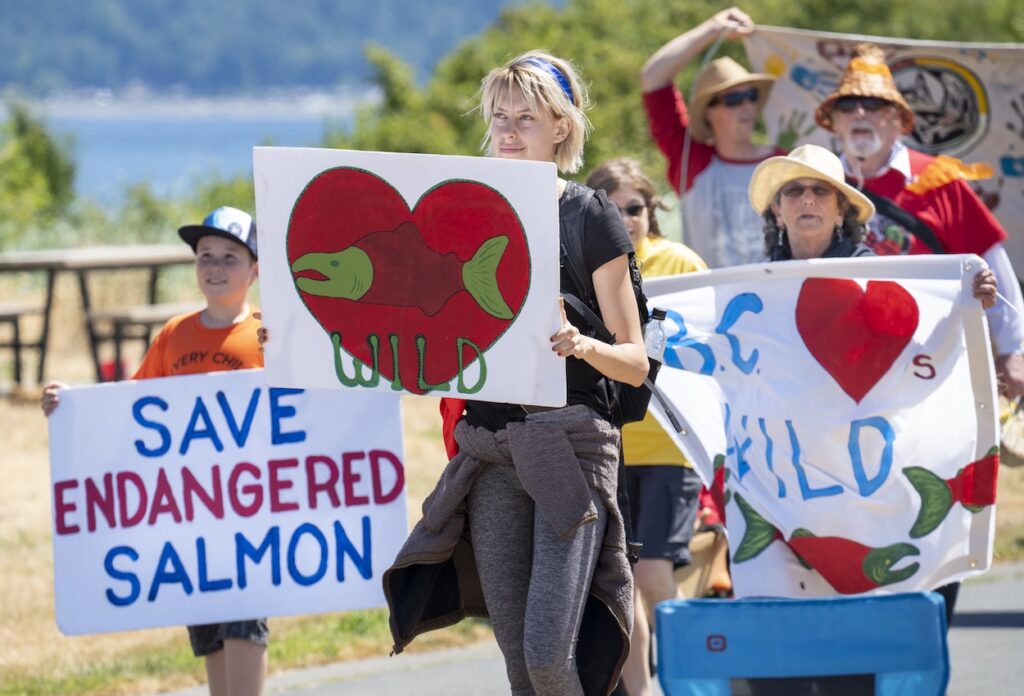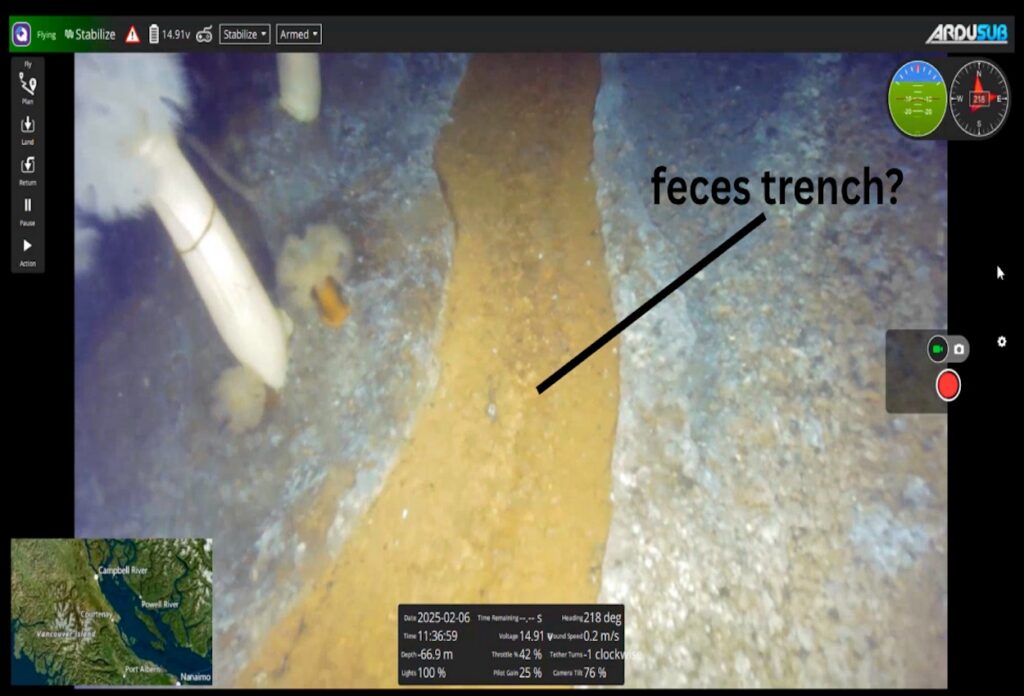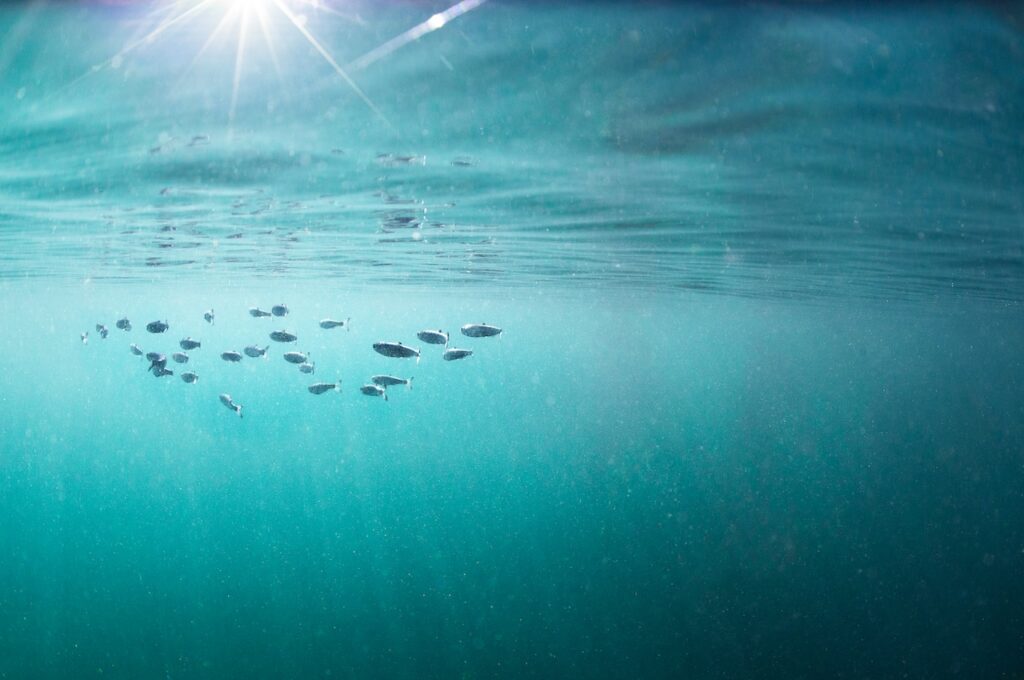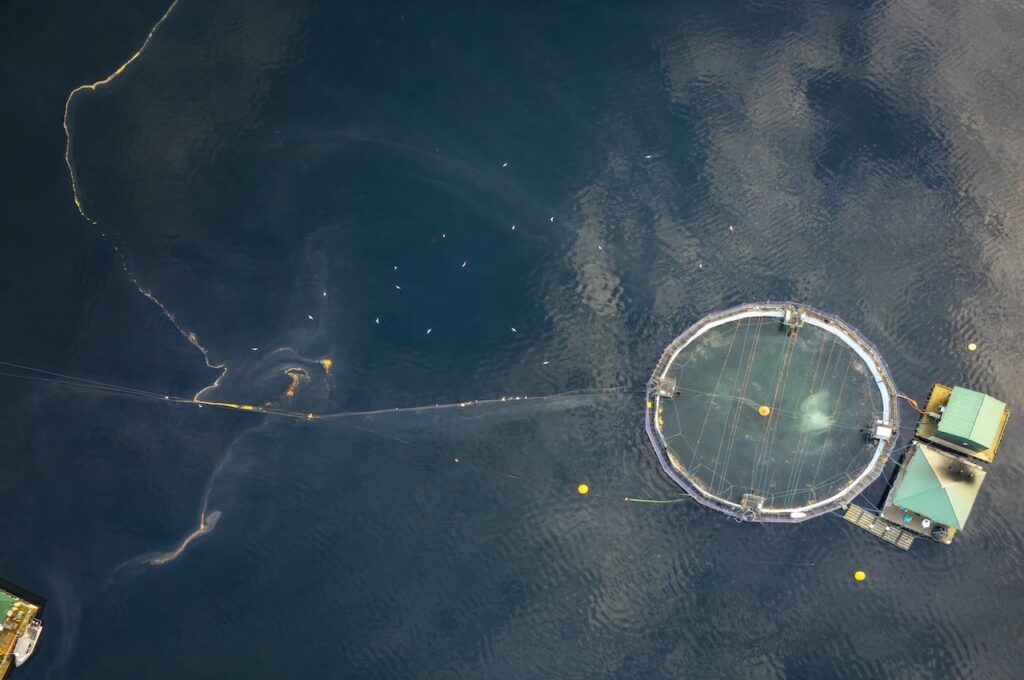Norwegian salmon farming giant Cermaq has a salmon lice problem on their Clayoquot Sound salmon farms. Documents released through Access to Information indicate Cermaq obtained an Emergency Drug Release to use the insecticide Lufenuron to control salmon lice in the Clayoquot Sound UNESCO Biosphere Region.
Last year saw salmon lice numbers in Clayoquot spike to levels never before seen in British Columbia, up to 55 lice per farmed fish—eighteen times the threshold for treatment set out by Department of Fisheries (DFO). Independent monitoring found wild salmon juveniles had lice counts as high as 50 per fish.
Cermaq is unable to control their salmon lice epidemic in Clayoquot Sound. Their 2018 lice outbreak likely devastated last year’s wild salmon cohort, and their 2019 numbers are already up to 5 times the DFO limit, right at the beginning of the wild salmon out-migration window.
In 2018 Cermaq had their Aquaculture Stewardship Council (ASC) eco-cert suspended on 3 Clayoquot farms, and voluntarily culled the fish on their Fortune Channel farm as the lice infestation there was uncontrollable.
2018 Clayoquot lice numbers “shockingly ugly”
A DFO document obtained through ATIP refers to 2018 Clayoquot lice numbers as “shockingly ugly”. The ATIP document further states “Theoretically [Lufenuron] should prevent lice colonization up to the beginning of the outmigration window, but this will be our first field trial of it in BC”.
Lufenuron is not approved for use in Norway, Cermaq’s home country—the manufacturer failed to get approval. The application was withdrawn before it was rejected—the reasons for withdrawing the application are shrouded in secrecy.
Norwegian fish farm companies are losing about US $2 billion annually, due to the high cost of lice treatment, and the loss of up to 20% of their fish each year. If Lufenuron was the magic bullet to control sea lice, why would the Norwegian government not have approved it? Some very serious concerns must have been raised.
There are human health concerns with use of the drug, which resides in the fat of treated animals. The flesh of treated fish cannot be consumed by humans for 350 days after treatment. This raises questions around how Lufenuron-treated fish will be disposed of in the event of a mass die-off, and in the event of an escape, whether Lufenuron-treated fish might be eaten by a predator which could later be caught for human consumption.
Lufenuron kills crustaceans
Lufenuron acts as a chitin synthesis inhibitor; it kills crustaceans like fleas and lice by preventing them from growing a new exoskeleton after moulting. This raises questions about its impact on aquatic organisms in the marine environment—particularly crustaceans like crab, shrimp and prawns, as well as molluscs and cephalopods (octopus). Although the drug will be administered in freshwater hatcheries, it stays in the fish for a very long time. How much will be excreted by fish into the ocean? How long will Lufenuron persist once it settles beneath the fish farm? And how readily will it be accessible to sea creatures?
Cermaq’s solution to their lice problem for 2019 was supposed to be the Hydrolicer—a boat which removes lice from farmed salmon using a stream of pressurized seawater. But Cermaq’s is not yet in operation—although it was scheduled to arrive before the wild salmon outmigration window started on March 1st. Hydrolicers only work in combination with drugs; and come with their own challenges: the procedure is stressful for farmed fish, and can lead to die-offs and disease outbreaks, increasing the risk of disease transfer to wild salmon.
The most important thing here is to protect this year’s wild salmon smolts. That would require having lice numbers under control during the out-migration window from March to June. Clearly Cermaq has been unable to achieve this.
It’s time to demand that Fisheries Minister Jonathan Wilkinson take a stand for wild salmon. He needs to stop approving toxic chemicals for use on open-net pen salmon farms, and order a harvest of lice-infested farmed salmon immediately, before they can harm juvenile wild salmon currently migrating out from rivers into the ocean.
Show Minister Wilkinson that you care! Click here to send your letter today.
Dan Lewis is Executive Director of Clayoquot Action.
